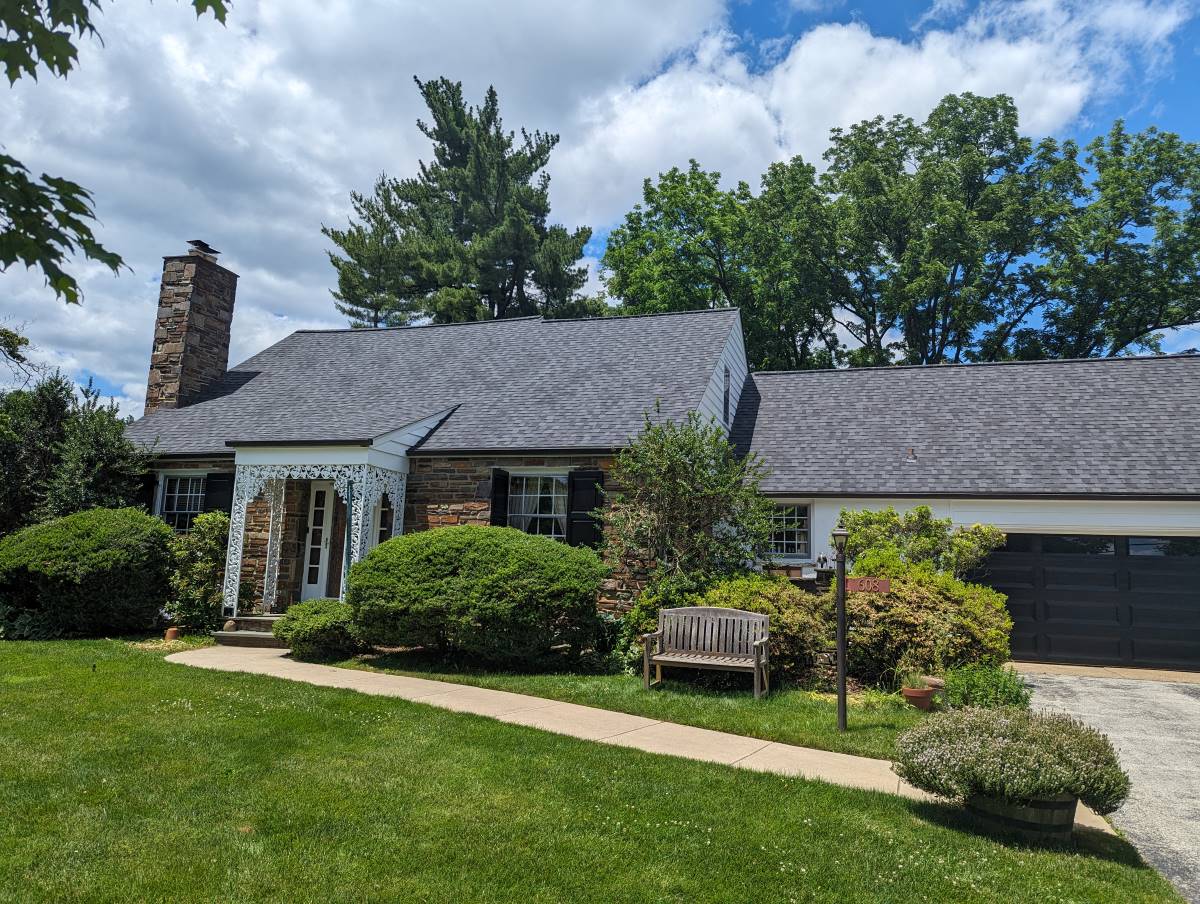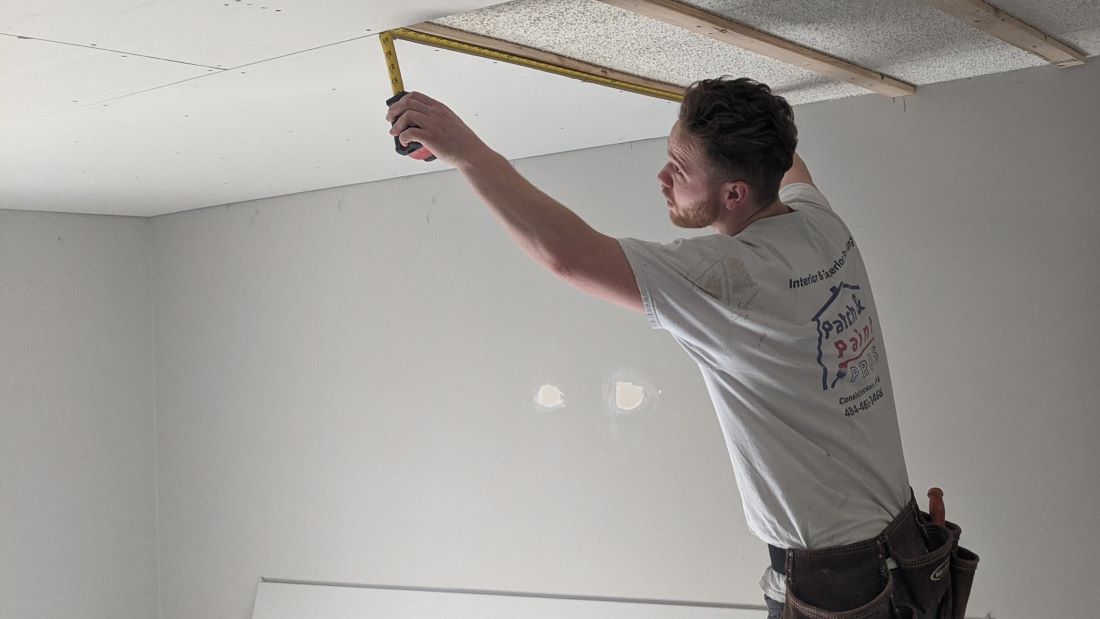When water damage strikes your property, it can be overwhelming and costly to repair. Depending on the cause and extent of the damage, the repair costs can vary significantly. Therefore, it’s essential to plan ahead and know what to expect when budgeting for water damage repairs.
In this article, we’ll guide you through the different types of water damage and the associated costs of repairing them. From natural disasters to burst pipes, we’ll cover the most common causes of water damage and how to handle them. We’ll also provide tips on how to prepare financially for unexpected incidents, including insurance coverage and emergency funds.
With this knowledge, you can have peace of mind knowing you’re prepared for any water damage situation that may arise and can take the necessary steps to ensure your property is back to its pre-damage state with the help of water damage repair services.
Types Of Water Damage
Water damage can range from mild and easily repairable, to severe and expensive. It’s important to understand the different types of water damage in order to determine how much it will cost to fix. There are three main categories of water damage: clean water, gray water, and black water.
Clean water is a non-contaminated liquid that may come from a broken or leaking pipe, an overflowing sink or bathtub, or rainwater entering through a hole in the roof. This type of damage is most commonly caused by plumbing issues within the home.
Gray water contains some degree of contamination and could contain bacteria or chemicals. Examples include dishwasher overflows, washing machine runoff, sump pump failures, etc.
Black water is highly contaminated with human waste and other hazardous materials; it includes sewage backups as well as floodwaters from rivers, streams, lakes, oceans, etc.
The severity of each type of water damage will affect both the amount of time necessary for repairs as well as associated costs.
Factors That Affect Repair Costs
Picture this: You wake up to find your basement flooded after a major storm. The water is everywhere, and you’re not sure what to do. Suddenly, the reality hits—you need to repair the water damage in your home. But how much will that cost?
The costs associated with repairing water damage vary greatly depending on several factors. Some of these include:
Type of Damage
Minor – This involves cleaning up spills and moisture from carpets or other fabric items. It may also involve fixing a leaking pipe or toilet tank.
Major – This type of damage usually involves flooding from an outside source such as heavy rain or overflowing rivers or streams. It can cause serious structural problems and require extensive repairs.
Extent of Damage
Partial – This means only certain parts of the property were affected by water, like one room or area.
Total – When more than half of the structure has been damaged, it qualifies as total water damage repair cost which requires more money for complete restoration work.
No matter what kind of problem you have, understanding the different factors that influence repair costs can help you prepare and budget appropriately so that you don’t get stuck with unforeseen expenses down the line.
Estimating The Cost Of Repairs
The cost of water damage restoration can be significant, especially if structural damage has occurred. It’s crucial to address the issue promptly to prevent the situation from getting worse and requiring more extensive repairs.
In addition to the cost of repairs, it’s important to consider the long-term effects of water damage. Hidden water damage and leaks can cause structural damage, which can lead to costly structural repairs.
The average cost of water damage restoration varies depending on the extent of the damage, but it’s important to get multiple quotes from water damage service providers to ensure you’re getting a fair price.
If you have experienced extensive water damage, it’s important to hire a professional water damage restoration company. They have the expertise and equipment needed to handle the job correctly and minimize the risk of further damage.
To avoid unexpected costs associated with water damage, it’s a good idea to invest in preventive measures such as regular inspections and maintenance. This can help you catch hidden water leaks and damage before they become a more significant problem.
Managing Finances For Repairs
It’s important to note that insurance companies may require a cost estimate for any structural issues before approving coverage. In addition, if there is mold present, mold remediation may be necessary, which can add to the overall cost of repairs.
Be sure to inquire about labor costs and any potential additional expenses that may arise during the repair process, such as the need for temporary housing or extensive demolition work.
By taking the time to research and compare quotes from professional water damage contractors, understanding your insurance coverage, and factoring in potential additional costs, you can effectively manage the financial aspects of water damage repairs and avoid any unexpected expenses down the line.
Carefully consider which option best fits your budget and financial situation before committing to anything. With smart planning and careful consideration of all your options, you should be able to manage and finance necessary water damage repairs without breaking the bank.
Tips For Preventing Future Water Damage
The financial strain of water damage repairs can be overwhelming, but it doesn’t have to stay that way. Just like an iceberg, the cost of fixing water damage is often much larger than you initially think.
After all, once a leak has been found and fixed, there may still be residual damage from hidden moisture or mold growth. That means additional costs for repairing drywall, flooring, furniture, and more are likely just around the corner.
Fortunately, taking precautionary steps now can help prevent future water damage – and save money in the long run. Regularly inspect your home’s plumbing systems for leaks and cracks; look out for signs of mildew or mold on walls; check ceilings after storms; and make sure gutters and downspouts are clear of debris so they can do their job properly.
By doing these routine checks regularly, you’ll give yourself peace of mind knowing that any potential issues will quickly come to light before they become costly disasters down the road.
Final Thoughts
Repairing water damage can be a daunting task, but it doesn’t have to break the bank. By understanding what type of damage you’re dealing with and budgeting for repairs accordingly, you’ll be well on your way to restoring your home or business back to its original condition.
Plus, if you take steps now to prevent future water damage – such as using waterproof sealants around windows and doors – you can save yourself from having to go through this process again ‘like a bad penny’ in the future!
With some careful planning and pre-emptive measures, repairing any kind of water damage is within reach.











